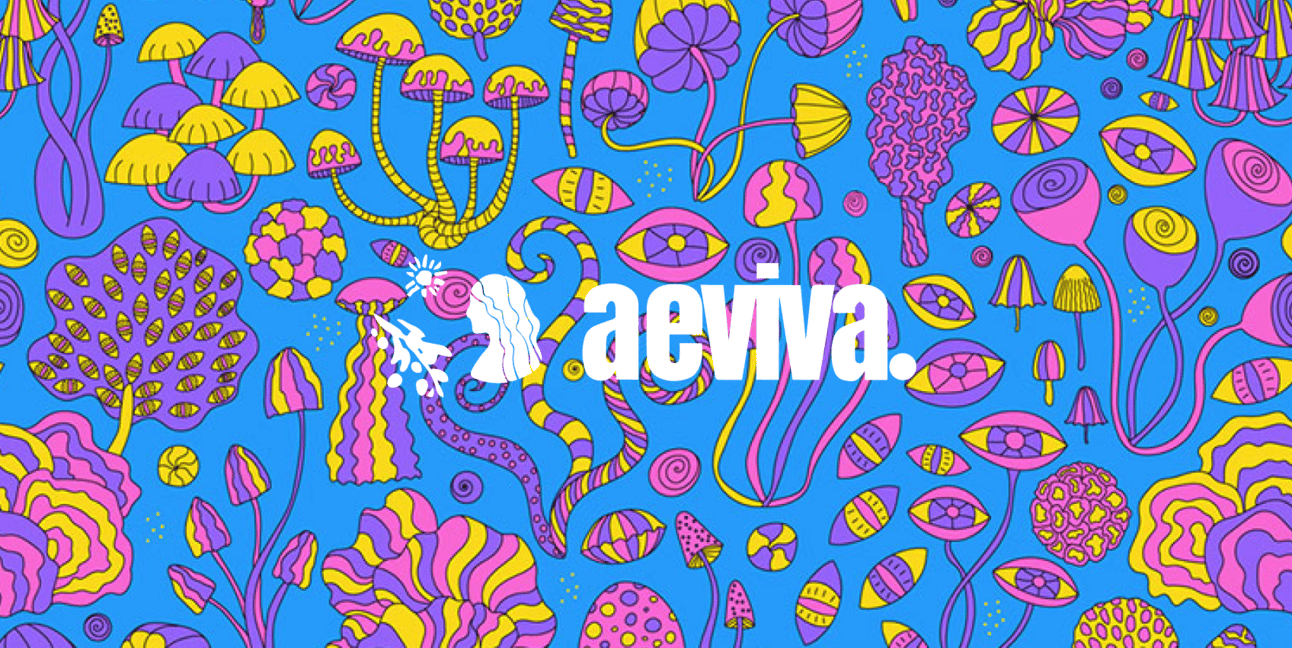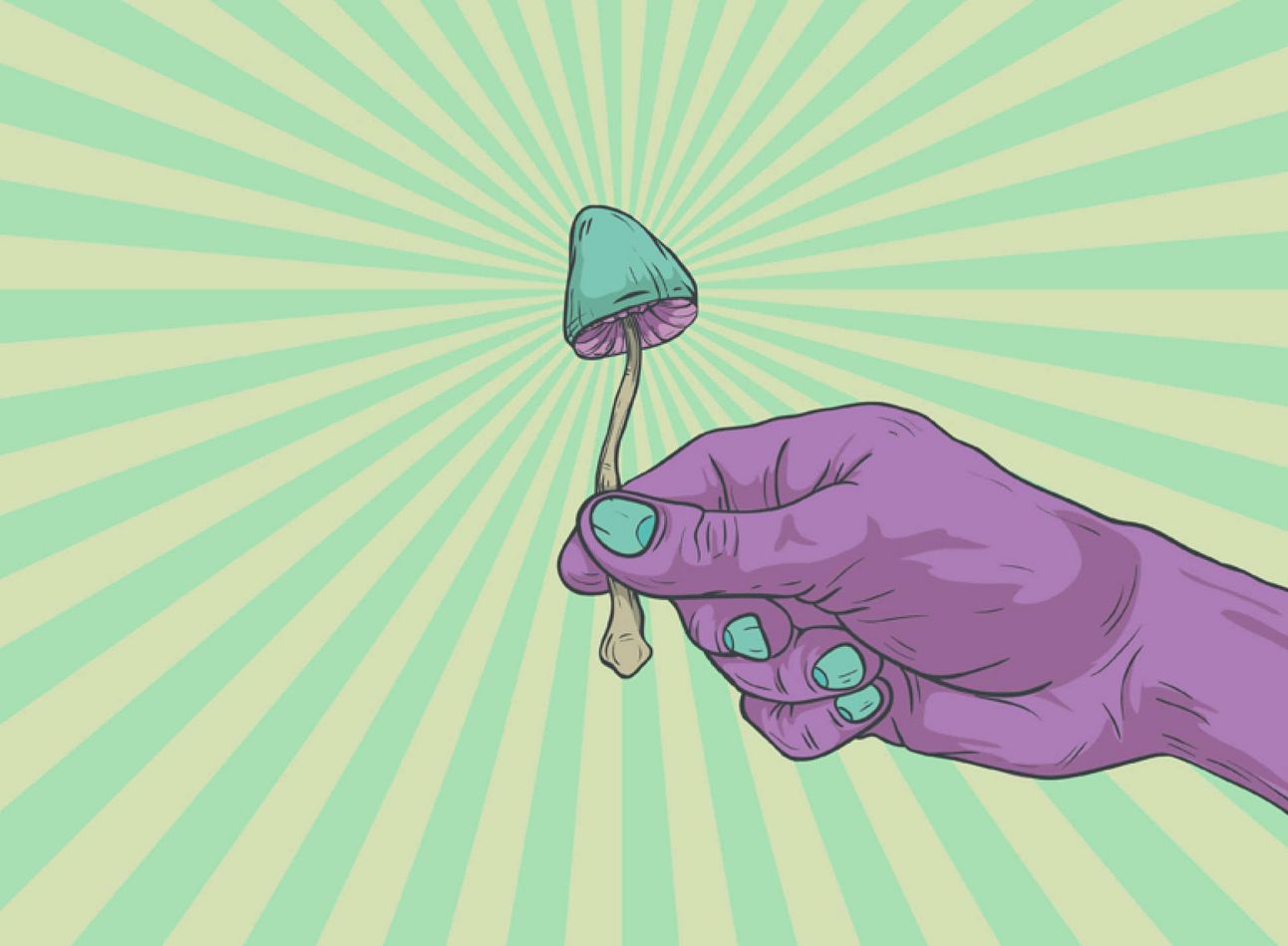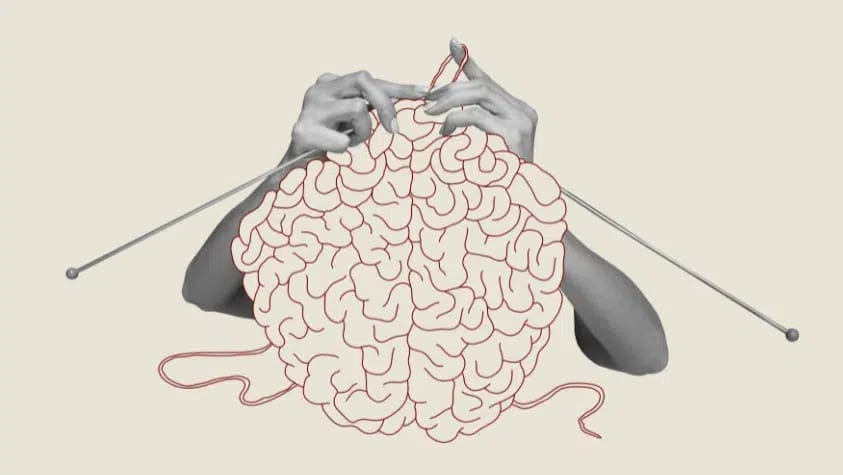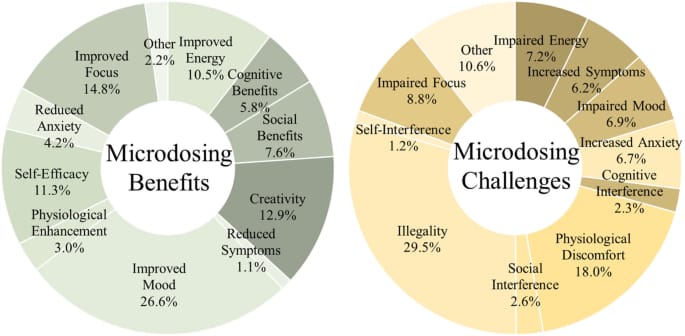- Aeviva
- Posts
- The Hidden Truth About Microdosing: Brain Changes and Risks You Need to Know
The Hidden Truth About Microdosing: Brain Changes and Risks You Need to Know
Science reveals what really happens in your brain when you take tiny amounts of psychedelics.

Microdosing 🧠 has become a hot topic in recent years. This practice involves taking very small amounts of psychedelic substances like LSD or psilocybin mushrooms. The doses are so small they don't cause hallucinations. Many people claim these tiny doses can improve mood, boost creativity, and help them focus better.💊 Silicon Valley tech workers, artists, and people looking for mental health alternatives have all shown interest in this trend. But what does science actually say about microdosing? Can it really change your brain? And what risks might be hiding behind the hype? 🔬
Join over 4 million Americans who start their day with 1440 – your daily digest for unbiased, fact-centric news. From politics to sports, we cover it all by analyzing over 100 sources. Our concise, 5-minute read lands in your inbox each morning at no cost. Experience news without the noise; let 1440 help you make up your own mind. Sign up now and invite your friends and family to be part of the informed.
What Is Microdosing?
Microdosing means taking about 1/10 to 1/20 of a regular dose of a psychedelic substance. This small amount is not enough to cause hallucinations or major changes in perception.
People typically take these tiny doses every few days over several weeks or months. The most common substances used are LSD and psilocybin mushrooms, but some people also experiment with mescaline from peyote cactus or DMT from ayahuasca plants.

Most microdosing protocols suggest taking a dose every three days to prevent building tolerance to the effects. This schedule was popularized by researchers who found that spacing out doses might maximize benefits while minimizing risks. 📊
Fun Fact: The term "microdosing" was popularized by Dr. James Fadiman, who collected thousands of self reports from people experimenting with tiny doses of psychedelics.
The Science Behind Brain Changes
Neuroplasticity is your brain's amazing ability to change and adapt throughout your life. Think of your brain as a forest with paths connecting different areas. These paths can grow stronger with use or fade away when not needed. New paths can also form when you learn something new.

This is why habits become automatic with practice and why you can learn new skills at any age. When people talk about "rewiring" the brain through microdosing, they're referring to this process.
Research from 2018 showed that psychedelics can increase this neuroplasticity by 10% to 15% even at low doses, potentially opening up new pathways in the brain.
🌱Fun Fact: The human brain has about 86 billion neurons and each neuron can connect with up to 10,000 other brain cells.
How Microdosing Might Affect Your Thinking
Many people who try microdosing describe feeling more open to new ideas and seeing connections they hadn't noticed before. Colors might seem a bit brighter, music more moving, or problems at work suddenly clearer. This might happen because psychedelics affect how different parts of your brain talk to each other. Normally, your brain has well worn paths it usually takes.
Microdosing might let your thoughts travel along roads less taken. A 2022 study using brain scans found that even small doses of psilocybin increased connections between brain regions that don't usually communicate with each other, which could explain these new perspectives. 🎨
Reported Benefits vs. Scientific Evidence
Many people who try microdosing report positive effects. According to survey data, 45% of microdosers report improved mood, 28% notice better focus, and 18% say it reduces anxiety. These self reports are interesting but don't prove the substances caused these improvements. 📝
The scientific evidence is still limited. A 2022 study in JAMA Psychiatry with 34 participants found that microdosing psilocybin improved mood scores by 15% compared to placebo, but this difference wasn't statistically significant.

This table shows the gap between reported benefits and scientific evidence:
Claimed Benefit | Self-Reported Improvement | Scientific Evidence |
|---|---|---|
Mood enhancement | 45% report improvement | Limited evidence, may be placebo |
Creativity boost | 31% report improvement | Mixed results in small studies |
Better focus | 28% report improvement | No significant findings |
Anxiety reduction | 18% report improvement | Some promising early data |
Fun Fact: The first clinical trial specifically designed to test microdosing wasn't conducted until 2019, despite the practice being popular for years before that.
Understanding the Risks
Microdosing isn't without risks. A 2020 survey of 1116 microdosers found that 10% reported unwanted psychological effects including anxiety and disrupted sleep patterns. Physical side effects like headaches were reported by 8% of users. 🚫
Legal risks are also important to consider. Most psychedelics used for microdosing are classified as Schedule I substances in the United States, carrying potential penalties of up to 40 years in prison for repeated offenses depending on the amount. This legal status makes research more difficult.
Long term effects remain largely unknown because no studies have followed microdosers for more than a few months. This is especially concerning since many people continue the practice for years. Some researchers worry about heart valve problems with long term LSD use. 🔍
The science of microdosing is still in its early stages. While there are many promising stories, we don't yet have clear scientific proof that microdosing causes positive brain changes beyond the placebo effect. The limited studies so far show mixed results, with some suggesting benefits and others finding no significant effects.
At the same time, the risks aren't fully understood either. From legal concerns to potential side effects and unknown long term impacts, there's much we still need to learn. If you're interested in the potential benefits of psychedelics, following the research as it develops might be safer than experimenting on your own. 📚
Take-Home Summary
Microdosing involves taking tiny amounts of psychedelics, typically 1/10 to 1/20 of a regular dose
Some studies show these substances may increase neuroplasticity and brain connectivity by 5-15%
Up to 61% of reported benefits might be explained by the placebo effect according to current research
About 10% of microdosers report unwanted psychological effects and 8% experience physical side effects
Most substances used for microdosing are classified as Schedule I drugs with serious legal penalties
The long term effects remain largely unknown due to lack of extended studies
Consider personal risk factors, medication interactions, and legal implications before experimenting


Reply